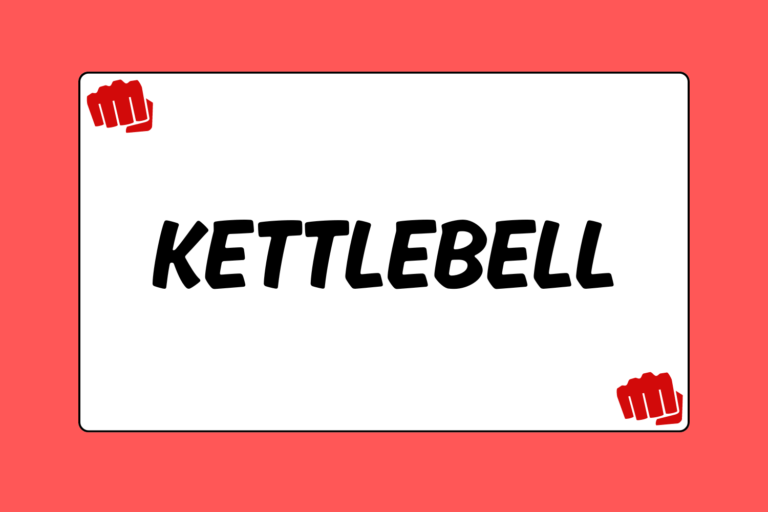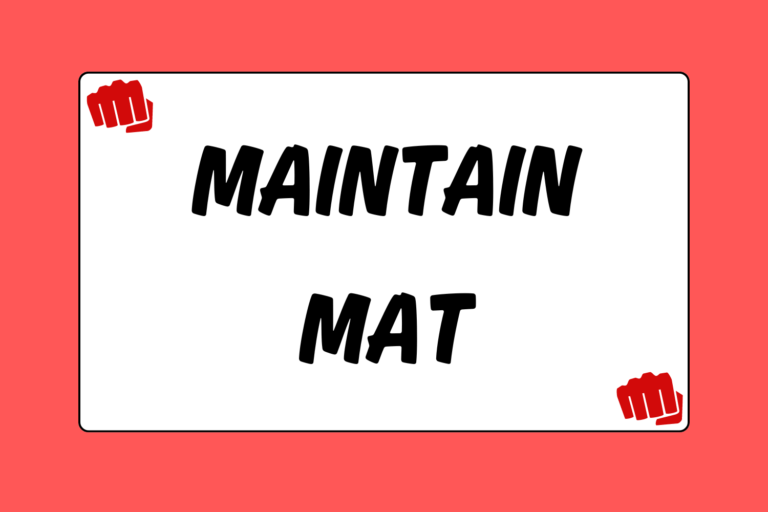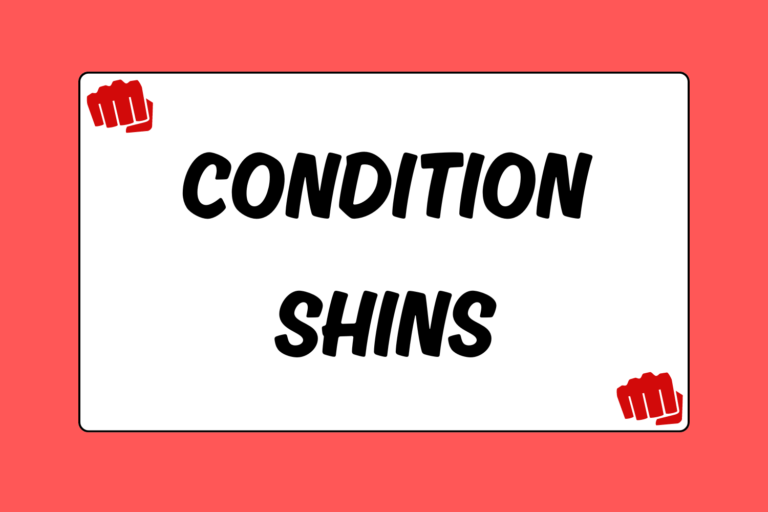It’s certainly fun to punch the bag or hit the mitts during training, but nothing is more important than the opponent in the other corner trying to hit you in return. You need to hone your defensive skills if you want to be successful. Shadowboxing is the easiest way to work on your defensive technique, but there are other steps you can take to improve as well. This guide discusses some basic drills to help you improve your head movement and defense.
Rope Slip Drill
All you need to complete this drill is a rope and something to which you can secure each end of the rope. Any rope will do — you can even use your jump rope if that’s all you have. Secure the rope to a post or wall at shoulder height, and then follow the steps below:
- Begin alongside the rope — close enough so that the rope grazes your shoulder.
- Bob and weave underneath the rope. The rope should graze your other shoulder after you weave. Be efficient with your movements — remain tight to the rope throughout the drill.
- Integrate forward and backward movement once you’re comfortable with the bob and weave from a stationary position. Don’t sacrifice technique for speed, though.
- Add punches once your movements feel in sync. These punches represent counterpunches that you’d land after dodging an opponent’s shots. Do your best to incorporate various sequences of punches that at first may feel awkward.
You can expand this drill by overlapping several ropes at different angles. Shadow box throughout the ring or room and weave under each of the ropes accordingly.
Slip Bag
The slip bag, also called a maize bag, usually resembles a deflated speed bag and is filled with beans, rice, or sand. It hangs freely at eye level from a rope or chain overhead. Our guide on How to Use the Slip Bag in Boxing covers everything you need to know about this versatile training tool. In addition, the following drill will help your slipping defensive technique:
- Push the bag so that it swings back and forth.
- Slip the bag to the left or to the right, but be aware that you need to slip again as it descends toward the back of your head.
- Continue your head movement while always avoiding the bag. Integrate punches once you’re comfortable with your head movements.
The slip bag will undoubtedly improve your awareness and head movement if practiced frequently. Proper head movement makes you an elusive target and often opens up offensive opportunities.
Controlled Sparring
Sparring is the best way to practice both offensive and defensive skills. It’s also something that needs to be built up to, though. Inexperienced fighters have a much better chance of getting injured than fighters who are skillfully able to defend themselves. Controlled sparring is an essential stepping stone to open sparring.
Controlled sparring in a ring certainly has its benefits. You and your partner are able to take turns throwing designated punches on each other while also practicing defensive techniques. For example, your partner may tell you he’s about to throw a 1-1-3 (jab, jab, cross) combo. You would then respond with appropriate defensive tactics such as parrying, blocking, or slipping.
Moving backwards is one of the biggest, and most frequent, mistakes new fighters commit. Your opponent is in control when you’re always backing up to avoid his shots. The following drill helps you avoid this temptation:
- Get into your stance in front of a wall or in the corner of the ring— your back foot should almost be touching the structure behind you.
- Tell your partner to stand in front of you. Take the concepts of controlled sparring and apply them to your current position. You partner will throw predetermined combos on you while you defend yourself accordingly.
- Ensure that you stay in a comfortable, yet effective stance throughout the drill. By forcing yourself to stay inside and apply your defensive techniques, you eliminate the tendency to always move backward.
Putting it all Together
Ultimately, these drills serve as your foundation as you enter sparring and competition. A fighter becomes much more dangerous when he’s able to defend and respond effectively. Work hard to eliminate weaknesses in your defensive game and make sure you’re able to capitalize on your opponent’s openings when he throws punches. Counterpunching is a vital skill regardless of fighting style.





